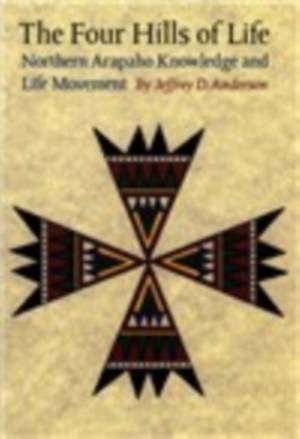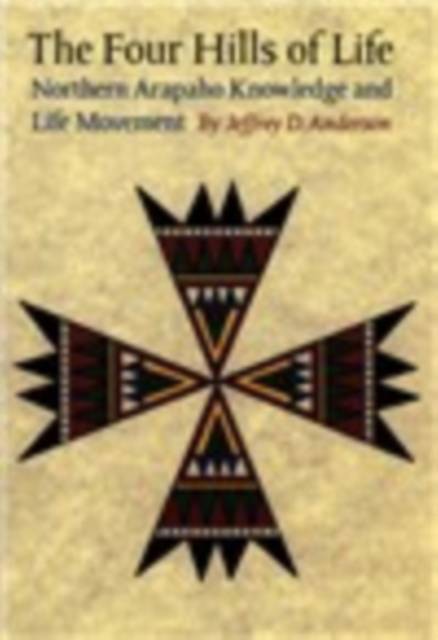
- Afhalen na 1 uur in een winkel met voorraad
- Gratis thuislevering in België vanaf € 30
- Ruim aanbod met 7 miljoen producten
- Afhalen na 1 uur in een winkel met voorraad
- Gratis thuislevering in België vanaf € 30
- Ruim aanbod met 7 miljoen producten
Zoeken
€ 48,95
+ 97 punten
Omschrijving
For many generations the Northern Arapaho people thrived over a vast area of the North American Plains and Rocky Mountains. For more than a century they have lived on the Wind River Reservation in Wyoming. The reservation, the fourth largest in the country, is surrounded by vast rural lands and has been largely ignored by outsiders. As a result, the Northern Arapahos have been in some ways more isolated from mainstream American society than most Native groups. In The Four Hills of Life Jeffrey D. Anderson masterfully draws together many different aspects of the Northern Arapahos' world--myth, language, art, ritual, identity, and history--to offer a compelling picture of a culture that has endured and changed over time. Arapaho culture is seen dynamically through the ways that members of the community in the past and present experience their unique world in everyday life. Anderson shows that Northern Arapaho unity and identity from the nineteenth century through today are derived less from political centralization than from a shared system of ritual practices. The heart of this system is a complex of rituals called the beyoowu'u ("all the lodges"), which includes the Offerings Lodge, now more commonly known as the Sun Dance--a ritual still central to Northern Arapaho life. According to Anderson, the beyoowu'u and other life transition ceremonies work together to mold time and experience for the Arapahos, a life movement that also helps create social identities and transmit vital cultural knowledge. Anderson also offers an in-depth study of the problems that Euro-American society continues to impose on reservation life and the empowered responses of the Northern Arapahos to these problems.
Specificaties
Betrokkenen
- Auteur(s):
- Uitgeverij:
Inhoud
- Aantal bladzijden:
- 376
- Taal:
- Engels
- Reeks:
Eigenschappen
- Productcode (EAN):
- 9780803260214
- Verschijningsdatum:
- 1/01/2008
- Uitvoering:
- Paperback
- Formaat:
- Trade paperback (VS)
- Afmetingen:
- 156 mm x 227 mm
- Gewicht:
- 503 g

Alleen bij Standaard Boekhandel
+ 97 punten op je klantenkaart van Standaard Boekhandel
Beoordelingen
We publiceren alleen reviews die voldoen aan de voorwaarden voor reviews. Bekijk onze voorwaarden voor reviews.








